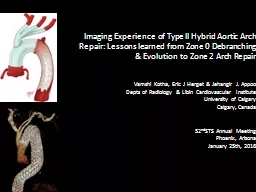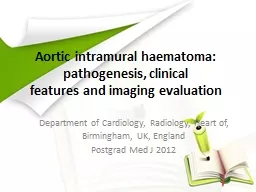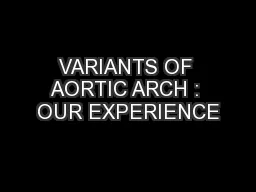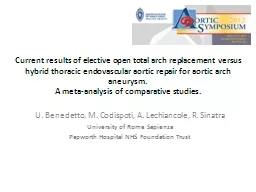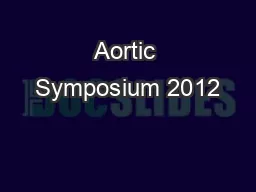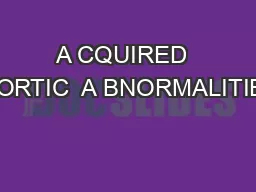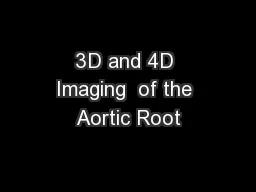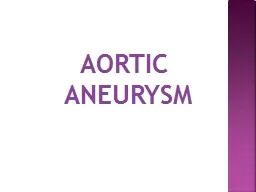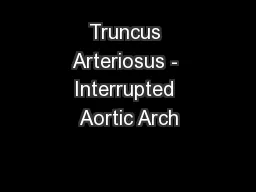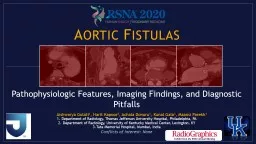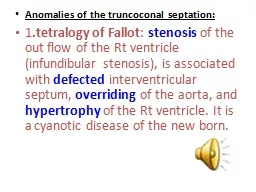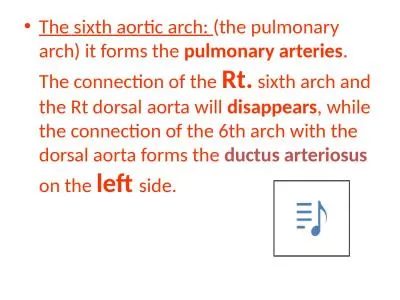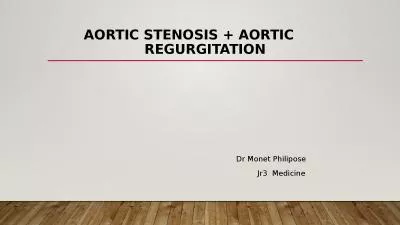PPT-Imaging Experience of Type II Hybrid Aortic Arch Repair: Le
Author : natalia-silvester | Published Date : 2017-09-18
Vamshi Kotha Eric J Herget amp Jehangir J Appoo Depts of Radiology amp Libin Cardiovascular Institute University of Calgary Calgary Canada 52 nd STS Annual
Presentation Embed Code
Download Presentation
Download Presentation The PPT/PDF document "Imaging Experience of Type II Hybrid Aor..." is the property of its rightful owner. Permission is granted to download and print the materials on this website for personal, non-commercial use only, and to display it on your personal computer provided you do not modify the materials and that you retain all copyright notices contained in the materials. By downloading content from our website, you accept the terms of this agreement.
Imaging Experience of Type II Hybrid Aortic Arch Repair: Le: Transcript
Download Rules Of Document
"Imaging Experience of Type II Hybrid Aortic Arch Repair: Le"The content belongs to its owner. You may download and print it for personal use, without modification, and keep all copyright notices. By downloading, you agree to these terms.
Related Documents

